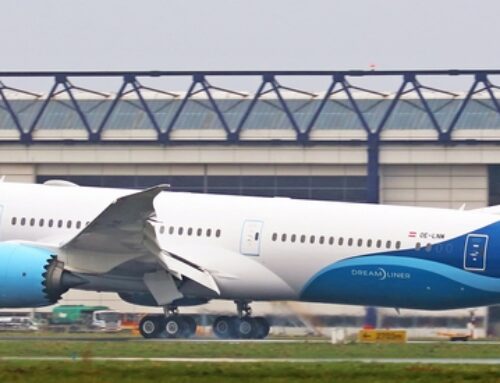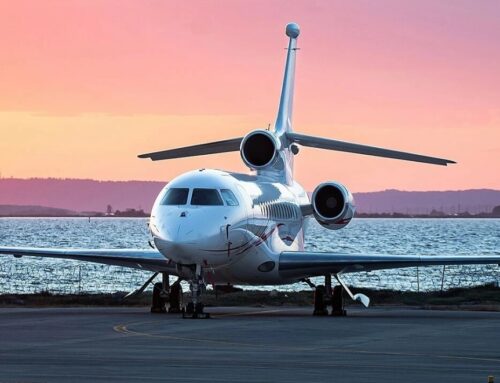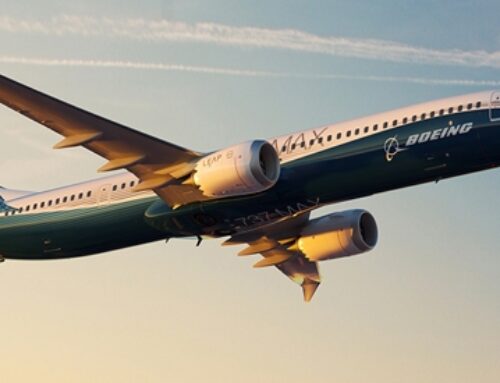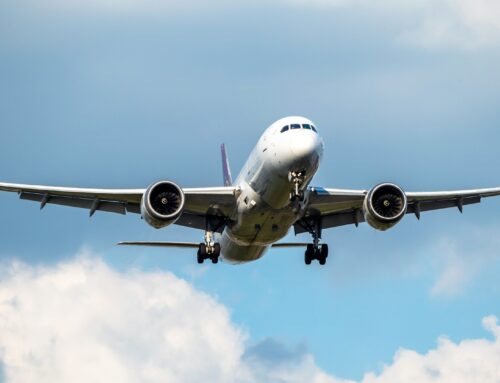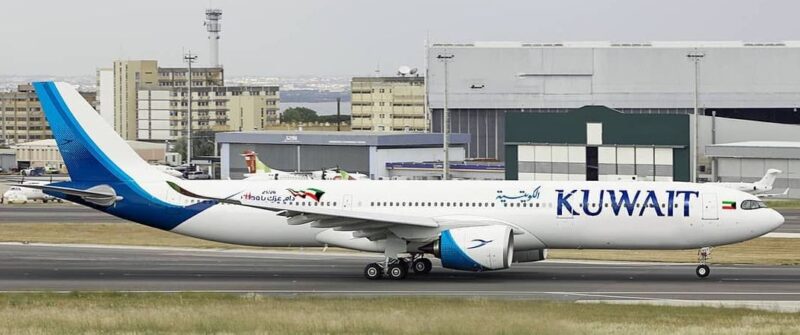
The A330-800 has just 11 orders for the variant. So far 11 aircraft ordered and six delivered: It’s a fairly bad record thus far for the Airbus A330-800. What’s even worse is that a little over a third of these aircraft may ultimately be canceled, changing the record to just seven aircraft ordered.
Having entered service a little under two years ago, why is this smaller A330neo variant continuing to do so poorly? In this article, we examine the current state of the aircraft type, and reasons why airlines are deciding to look to other comparable products instead.
The Airbus A330neo is a wide-body airliner developed by Airbus from the Airbus A330. A new version with modern engines comparable with those developed for the Boeing 787 was called for by operators of the original A330 series.
A330neo’s two versions are based on the A330-200 and -300: the -800 has a range of 8,150 nmi (15,090 km) with 257 passengers while the -900 covers 7,200 nmi (13,330 km) with 287 passengers. The -900 made its maiden flight on 19 October 2017 and received its EASA type certificate on 26 September 2018; it was first delivered to TAP Air Portugal on 26 November 2018 and entered service on 15 December. The -800 made its first flight on 6 November 2018 and received EASA type certification on 13 February 2020; the first two -800s were delivered to Kuwait Airways on 29 October 2020 and entered service on 20 November.
Very few airlines have ordered the A330-800
Launched in 2014 and first entering commercial service in 2020, the A330-800 has certainly had a generous amount of time to generate interest from airlines and collect orders. These carriers and their order quantities are:
- Air Greenland (1)
- Garuda Indonesia (4)
- Kuwait Airways (4)
- Uganda Airlines (2)
Hawaiian Airlines at one time had six Airbus A330-800neo aircraft on order. However, at the last minute, the carrier made the decision to cancel its order. Instead, the US carrier would switch over to Boeing, ordering ten 787 Dreamliners.
Six A330-800s have been delivered, with two going to Uganda Airlines, and four to Kuwait Airways. Two of the airline’s four A330-800s are currently parked for reasons unknown.
- A330-800 11 orders, 6 delivered
- A330-900 282 orders, 73 delivered
The A330-800 is an update of the A330-200
To frame the mystery of the A330-800’s poor sales, it’s worth examining Airbus’ intention behind offering the aircraft in the first place. The A330-200 was designed to have a lower capacity than the -300, and as a result, have a lower fuel burn and greater range. This made the variant ideal for long-haul operations where demand wouldn’t justify the larger A330-300.
And so, with near-identical cabin dimensions, the A330-800 was designed to be a direct replacement for the A330-200. Indeed, Airbus notes that the 25% improvement in fuel burn was made possible with a “re-optimized wing,” which is 64m (210ft) across compared to the A330-200’s 60m (197ft).
Airbus adds that the updated variant “incorporates the latest-generation Rolls-Royce Trent 7000 engines, along with new technologies and multiple aerodynamic improvements for increased lift and reduced drag, including composite winglet devices.”
And we can’t exactly fault Airbus for offering the A330-800 to airlines and investing resources into developing this variant. Indeed, the A330-200 was a decent seller, having accumulated orders for over 500 examples of the passenger variant, with another 38 examples of the A330-200F (freighters) produced. Dozens more A330-200s would be produced and sold as government and executive jets, with the Royal Air Force’s A330MRTT “Voyager” being just one example.
It will also be interesting to see if Airbus chooses to modernize other products based on the A330-200 platform, such as the A330MRTT and the A330-200F. When it comes to the A330MRTT, military customers around the world would certainly make good use of the -800’s increased efficiency and range, in addition to short-field take-off performance. A freighter variant is more difficult to predict – particularly as Airbus focuses on the A350F, as well as its stake in EFW, which has been seeing a surge of airlines wanting to convert their older Airbus jets into freighters.
Airlines aren’t replacing their A330-200s with the A330-800. Despite the A330-200’s popularity, airlines haven’t exactly been seizing the opportunity for a straight-up modern replacement. With so many airlines operating the -200, it would make sense to modernize with the -800: The type rating is identical, capacity is the same, and maintenance crews are already familiar with much of the airframe.
Ultimately, the A330-800 looks like it could very well end up as a rare aircraft in a very niche role, something that the Boeing 767-400ER or the 777-200LR. In the end, only Delta Air Lines and Continental Airlines would order the stretched 767 variant, and Boeing ultimately got only orders and deliveries for just 38 aircraft from the two carriers. Airbus & simpleflying.com

